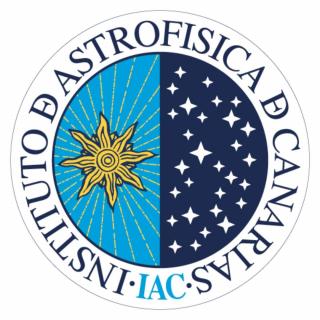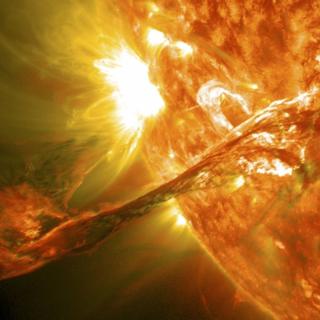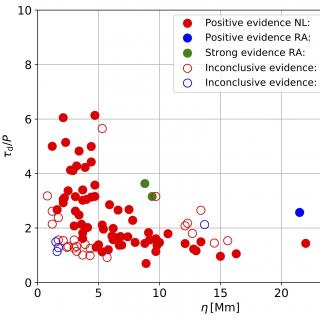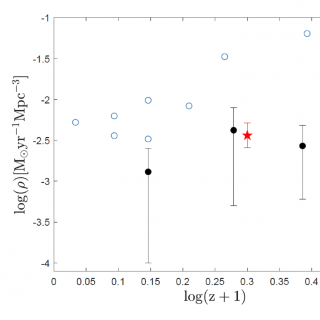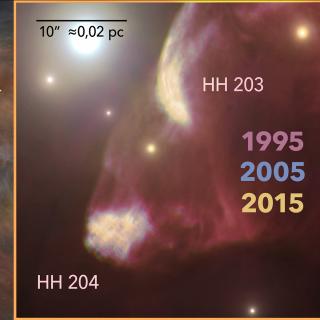
An international team led by researchers from the Instituto de Astrofísica de Canarias (IAC) has uncovered, with an new high degree of detail, the physical and chemical effects of the impact of a protostellar jet in the interior of the Orion Nebula. The study was made using observations with the Very Large Telescope (VLT) and 20 years of images with the Hubble Space Telescope (HST). The observations show evidence of compression and heating produced by the shock front, and the destruction of dust grains, which cause a dramatic increase in the gas phase abundance of the atoms of iron, nickel
Advertised on
